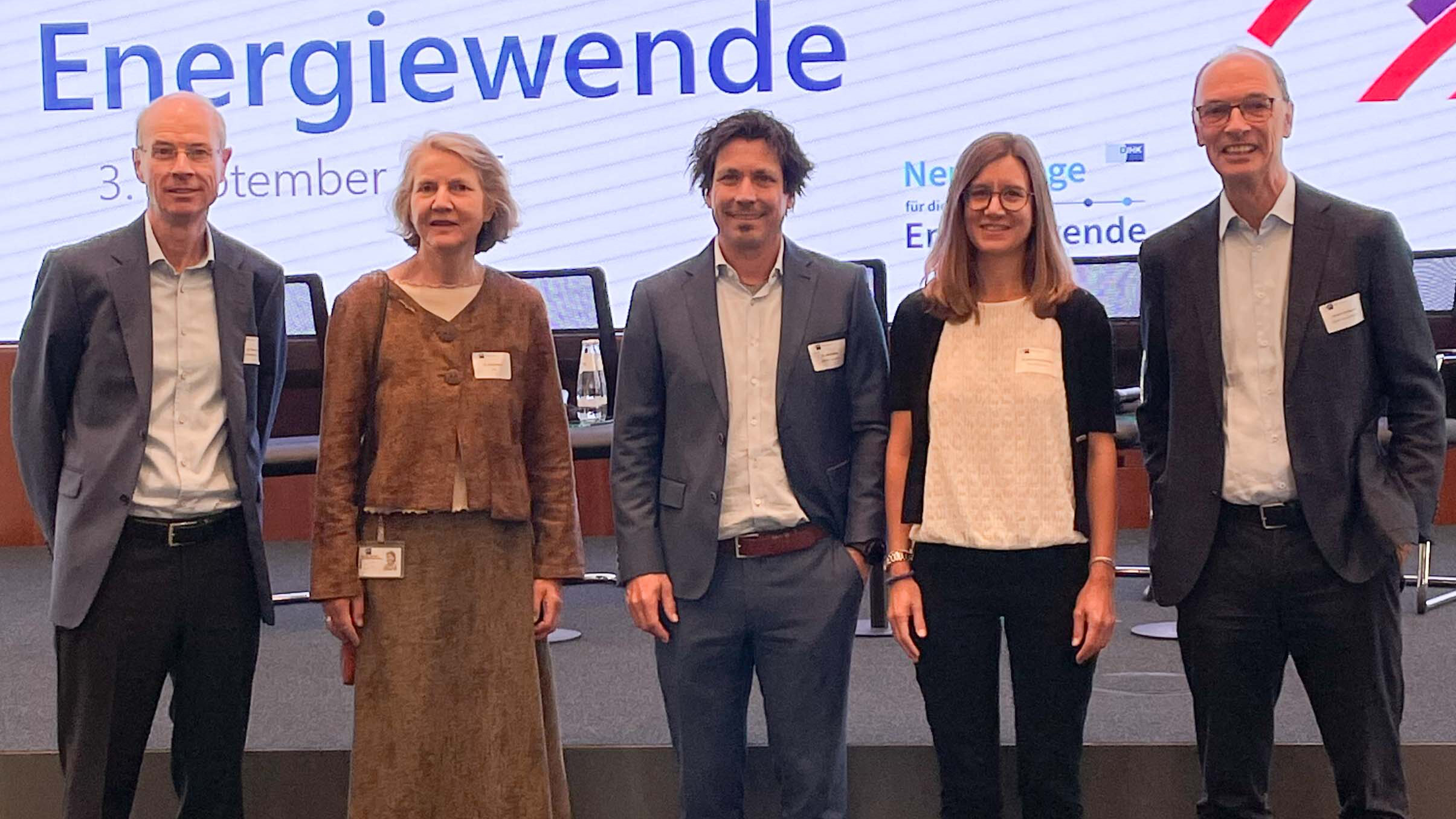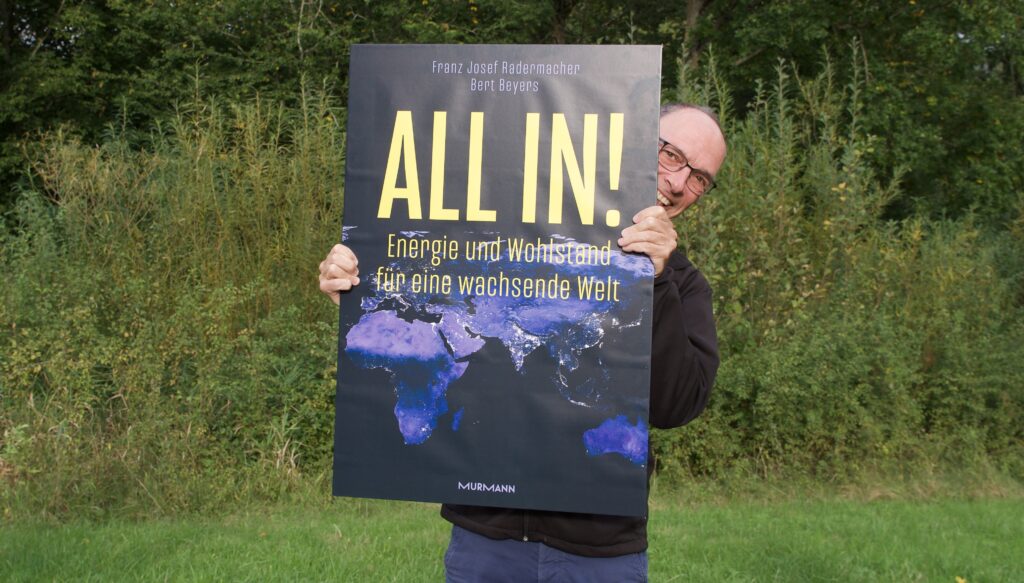At this point, some news of the last few weeks will be addressed which, from GES’ point of view, are reason for hope because they contain building blocks of a possible global solution and / or could help to develop a realistic view of the challenges ahead of us.
The future of climate and energy policy in Germany is currently completely open. The Karlsruhe judgement on the 2021 supplementary budget has left a huge hole in the federal budget. Many energy transition measures are affected by the budget crisis. For example, the end of the energy price brake at the beginning of the new year.
This much seems clear: the industrial electricity price demanded by Economics Minister Robert Habeck will not be introduced. Instead, the electricity tax in Germany is to be reduced. This would not only benefit large corporations, but also small and medium-sized enterprises. Retailers, service providers and consumers would not benefit. Industry in Germany pays almost three times as much per megawatt hour as in the USA or Canada.
Backup power plants have to stand in for wind and solar power more often than the German government claims. This is the result of a study by the consulting firm e.venture: “The flexible power plants required for this have significant operating times of well over 1,800 hours and do not just run for a few hours.” It goes on to say: “The expansion of wind and PV capacities will require around 430 billion euros… the expansion of the transmission grids is estimated at 200 billion euros.” The results of the study are in line with GES estimates that the massive expansion of renewables in Germany will be very expensive. GES has pointed out that the use of carbon capture at fossil-fuelled power plants must be examined as an alternative.
Siemens Energy and Air Liquide have inaugurated an automated production plant for electrolysers in Berlin. At least three gigawatts of electrolyser capacity should be achieved by 2025. This will enable 300,000 tonnes of green hydrogen to be produced annually. The series production of electrolysers is an important step, but GES believes that the production capacity is far from sufficient to establish a global “hydrogen economy”.
The huge CO2 storage potential of forests has not yet been realised. According to a study by ETH Zurich, ecosystems could bind 226 gigatonnes more carbon than they currently do. That is around four times the annual global CO2 emissions. See the statements in the GES reference solution.
The Westküste100 hydrogen pilot project is about to be cancelled. According to a report by NDR, the central component of the project, an electrolysis plant in the Dithmarschen district, will not be built. The main reason is the high construction costs.
A flagship project for small nuclear power plants (Small Modular Reactors, SMR) in the USA has failed. The company NuScale has now reported that the cost estimates have risen massively. The plan was to commission the first SMR in the US state of Idaho in 2029. This will now come to nothing.
Shortly before the World Climate Change Conference in Dubai, one of the world’s largest solar plants was inaugurated in the United Arab Emirates. The plant, which has a capacity of two gigawatts, will supply 160,000 households with electricity. It covers 21 square kilometres of desert.
The Swiss government is now authorising the export of CO2. From next year, it will be possible to export the greenhouse gas for storage in the seabed.
In 2022, the G20 countries subsidised fossil fuels more than ever before. According to a report by BloombergNEF, the subsidies totalled around 1.3 trillion US dollars. Around 830 billion flowed to consumers as price supports.
In 2019, the richest one per cent of the world’s population emitted as much greenhouse gases as five billion poor people on the planet. This is the conclusion reached by Oxfam in the report Climate Equality: A Planet fort the 99%.




